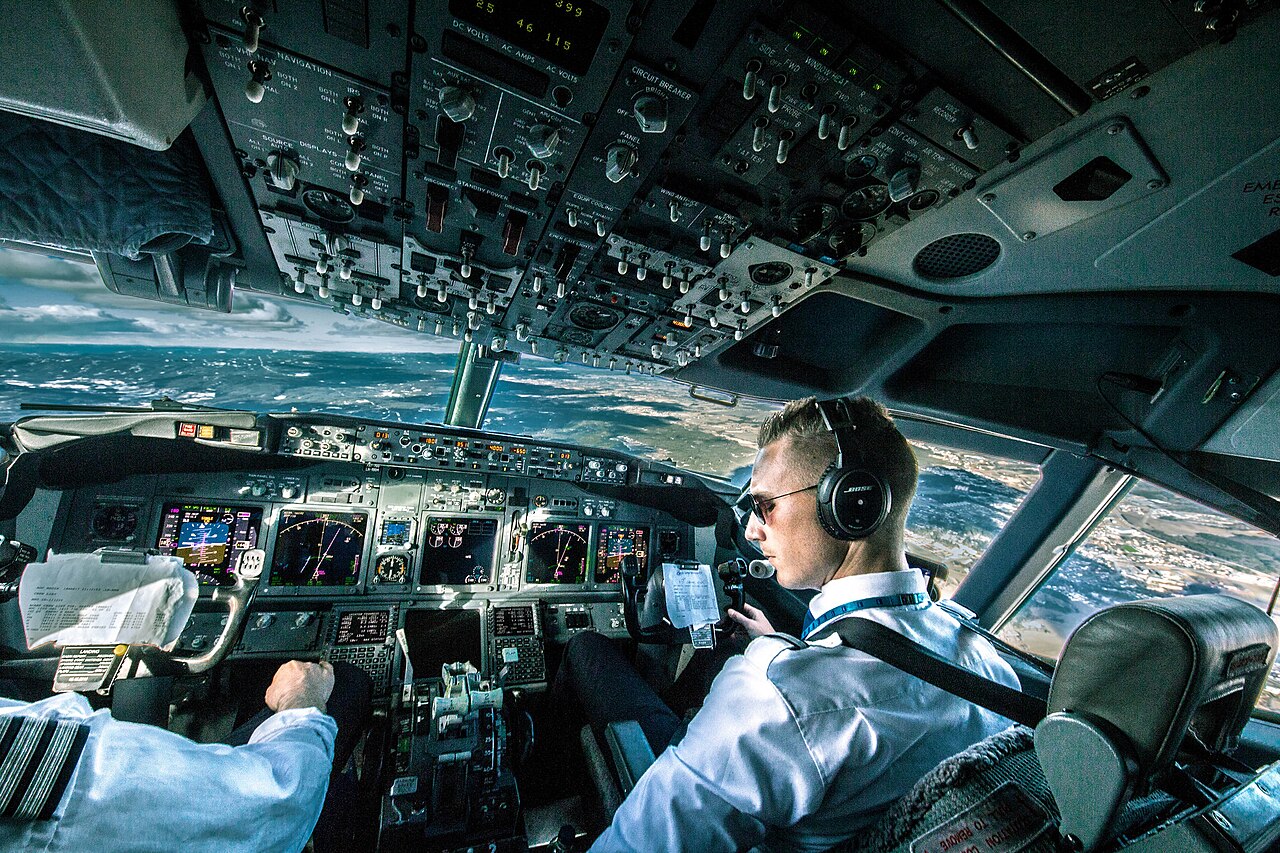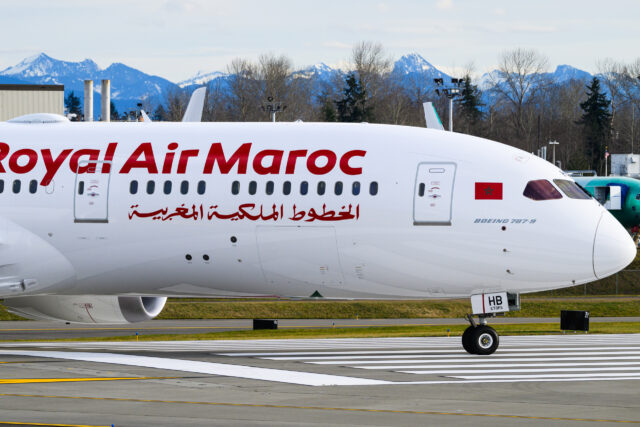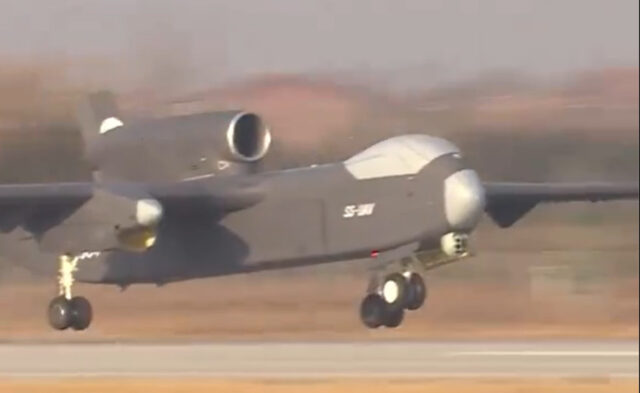IATA presses regulators for stronger safeguards from 5G and future 6G networks

November 23, 2025

The International Air Transport Association has stepped up calls for firm international rules to shield radio-altimeter performance from next-generation telecom networks.
The trade group warned that an impending wave of 5G and future 6G expansion could impact aviation safety margins – in particular the operation of critical radio altimeters used by flight crews to determine their height close to the ground – unless regulators act decisively ahead of the 2027 World Radiocommunication Conference (WRC-27).
The intervention comes in the same week that Fokker Services Group unveiled a new GPS anti-jamming and anti-spoofing system for civil aircraft at the Dubai Airshow 2025 – an indication that industry suppliers are increasingly moving to counter navigation vulnerabilities that sit alongside growing concerns over spectrum resilience.
IATA pushes for 5G safeguards
IATA has submitted a working paper to the ITU’s WP5B meeting in Geneva outlining the operational scenarios that should shape global technical rules for telecom deployments sitting near the 4.2–4.4 GHz radio-altimeter band.
The association argues that while 5G has been rolled out with temporary mitigations in several key markets, the regulatory framework has not yet caught up with operational reality.

“The benefits of 5G and 6G can never come at the cost of aviation safety. Spectrum decisions must be based on real-world aircraft operations, not idealized telecommunications industry modeling,” said Nick Careen, IATA Senior Vice President Operations, Safety and Security.
“That means ensuring ITU studies fully reflect the most demanding conditions pilots face. With input from aviation users, WRC-27 must deliver clear global rules to ensure the safe coexistence of radio altimeters and other safety-critical avionic systems with next-generation telecom networks across all phases of flight.”
The association emphasises that aircraft depend on reliable radio-altimeter data during take-off, landing, taxiing, go-arounds and emergency manoeuvres. IATA said that regulators must retain a minimum 35 ft (11 m) separation between airframes and terrestrial 5G transmitters – a requirement the airline sector sees as non-negotiable while altimeter vulnerabilities persist.
Mitigation strategies close to expiry
IATA’s warning is sharpened by a looming expiry of several national mitigation regimes. Protections in Canada terminate on 1 January 2026, followed by Australia on 1 April 2026. In the US, telecom operators are preparing for auctions of the Upper C-Band (3.98–4.2 GHz), and existing transmission-power limits and buffer zones are scheduled to lift in 2028.
“Current 5G mitigations were never designed as a long-term solution and several will expire within months. At the same time, more resilient radio altimeters will not reach airlines until the next decade. That leaves a significant mitigation gap,” Careen warned. “With new spectrum auctions underway and protections being lifted in key markets, regulators must not assume safety will take care of itself.
“The industry needs clear, consistent safeguards to bridge the period before new altimeters are available.”
Compounding matters, airlines face a parallel rise in GNSS interference events, particularly across the Middle East and Eastern Europe. While IATA’s focus this week is on spectrum policy, suppliers are increasingly responding to the complementary threat of position-signal degradation.
Tackling another threat: GPS jamming
This is the backdrop to Fokker Services Group’s (FSG) announcement in Dubai, where the company launched an active GPS anti-jamming and anti-spoofing modification kit for civil aircraft.
Scheduled to enter service in early 2026, the system is designed to detect and counter malicious or unintended GPS disruption without requiring changes to pilot training.
The kit is compatible with multiple Boeing types and is intended as a retrofit solution for operators exposed to repeated GNSS interference.
Menzo van der Beek, CEO of FSG said: “We assembled a team of experts to develop a solution that directly addresses the hazards posed by GPS disruptions. With very positive test results and expected entry into service scheduled for January 2026 with undisclosed launching operators, we’re confident this solution will bring peace of mind to pilots, crews, and airlines.”

Although the Fokker system targets satellite-signal attacks – not altimeter interference – its launch underscores a converging industry concern: the navigation infrastructure underpinning modern flight is becoming more exposed as both telecom networks and geopolitical interference activity intensify.
IATA is pushing for the WRC-27 to deliver globally harmonised rules that eliminate persistent uncertainty.
Until then, airlines must navigate what the association sees as expanding operational risk, shaped by both commercial telecom and increasingly complex geopolitical threats.
Featured image: Sandro Koster / stock.adobe.com
















